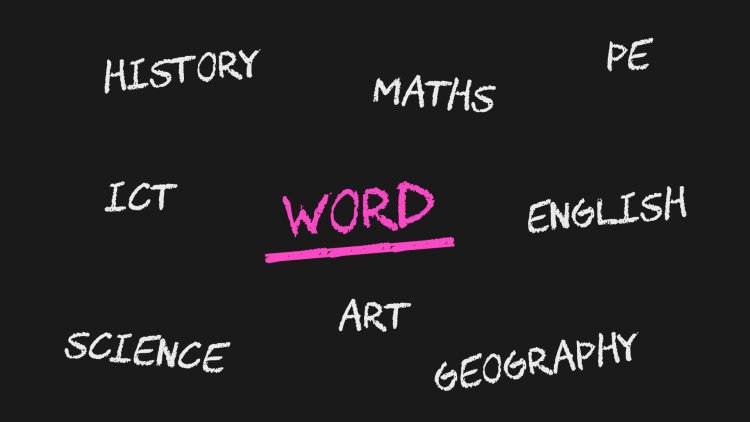Words have always been a source of intrigue for me: the power they can have over someone, the journey that they can unfold, the process that they can unlock and the support they can offer. Teaching people words and how to use them wisely and for good (yes I do mean over evil) is something any teacher, or adult, can do.
Last year, after reading Vocabulary Ninja, I reflected on my own teaching practice and how best I can ensure children use the most powerful words at their disposal for good (and that isn't defeating SATs).
Now, almost a year on how has my teaching changed and what impact has that had on my class?
Well, when I begin a new text, topic or sequence of lessons I plan with vocabulary in mind. I look out for topic specific vocabulary, I plan for opportunities to learn new words and to celebrate the use of new and old vocabulary and I ensure that I model the correct use of the new words.
Each day we learn a word of the day, a word that most often is picked from our whole class reading text ( I highlight the book in advance of reading sessions) but has included science, history and geography vocabulary to support the decoding and exploration of unfamiliar words before being able to use them correctly, in context.
In these sessions, children follow this process, EVERY single day:
- say the word
- count the letters
- clap the syllables
- segment sounds in each syllable
- find out the word class
- look at a picture that shows the word and give opportunities to guess/ infer the meaning
- compete in a dictionary race and read the definition
- hear the word used in the correct context
- say and write the word in a sentence
- share sentences together and improve using grammatical terminology.
Now, for 10 minutes of EVERY day, the children are entranced by a single word. The children are captivated but even better than that the words have become everyday language. They are written on a daily display, then they are added to our vocabulary ninja board and referred to and used by staff as they write (which is shared with the children) and they are in the children's writing. I thought children would struggle to use these words in their everyday writing but how wrong was I, explicit modeling and careful planning of the chosen words and writing opportunities ensure that they are included, often without prompting.
Is it perfect? No, at the start of the year in a new school trying to teach something a different way after maternity leave was far from it. Often, word of the day was the thing that got dropped but as I began to develop the routine and get to know the class I managed to include it in the routine for a whole week, whole term then every single day. We still await a delivery of dictionaries to ensure one per child so that the race to find the definition is at its most effective but this definitely doesn't mean that children are inactive in the session, far from it. The session is fast paced and the children are busy the whole time. When the word doesn't appear in the child appropriate dictionary, which does happen, the session is adapted and the ipads often come in handy too.
These techniques alongside developing vocabulary using other strategies such as:
- knowledge organisers for topics
- pre-teaching of key words
- starter activity in whole class guided reading
- displays
- teaching of spellings weekly
- putting topic words on spelling shed
- recording lists of words we are unsure of when reading and exploring after reading
- vocabulary books to store new spellings, words from books and any word the children hear and become fascinated by
are developing curious learners who have an extensive vocabulary.

